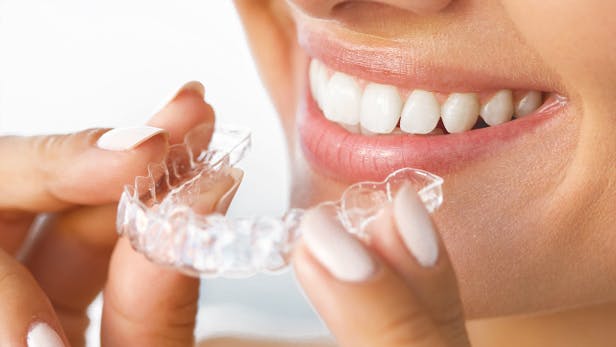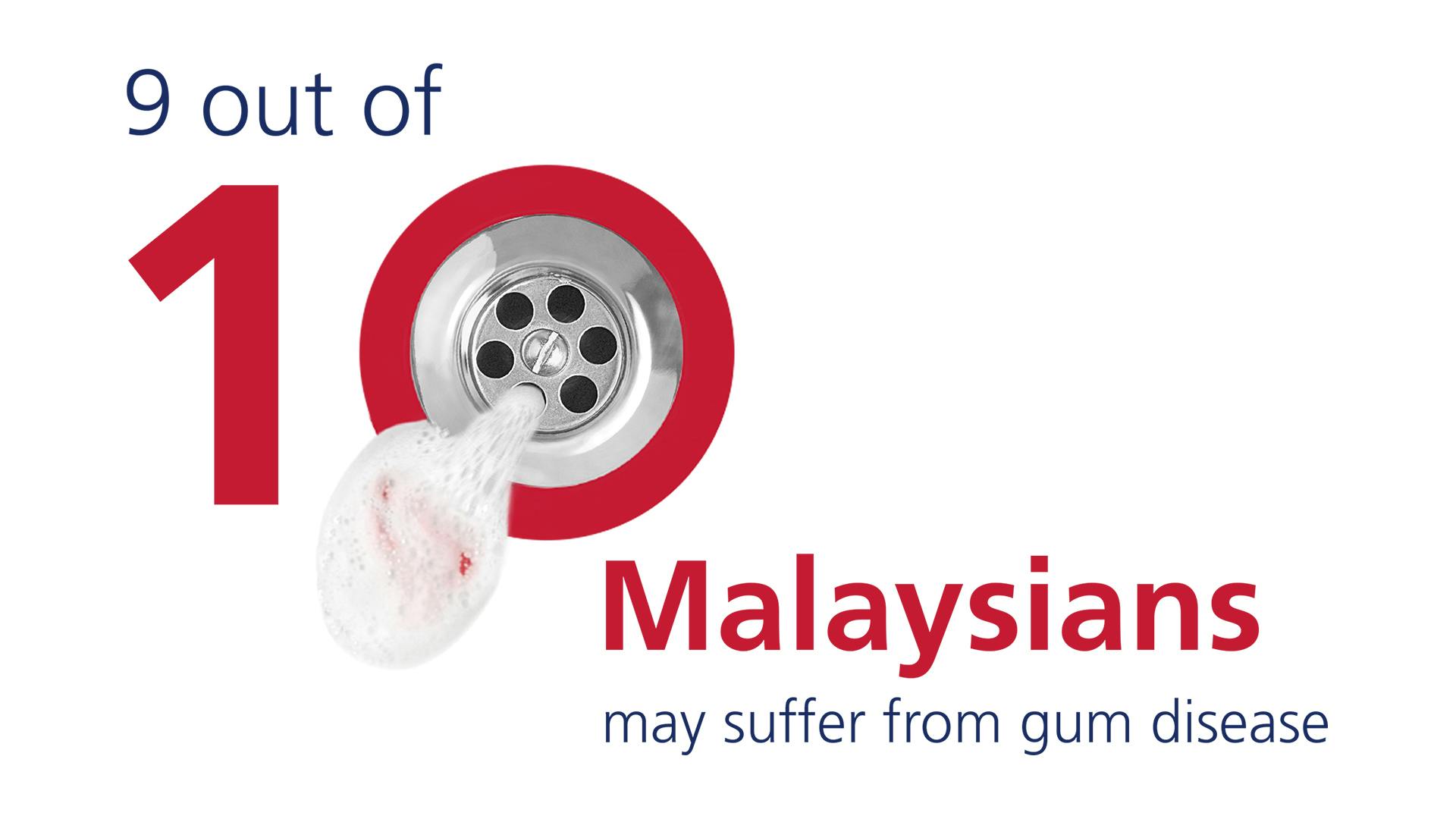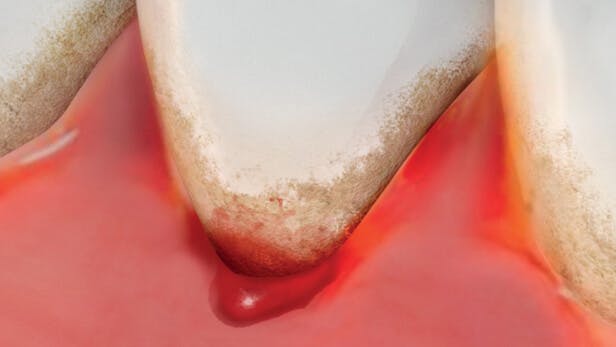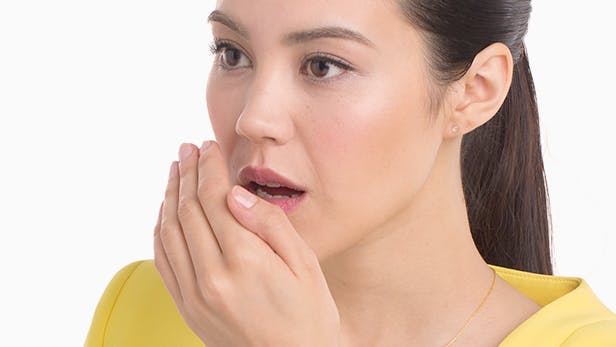Don't let gum disease put your life on hold
Gum disease can be an unpleasant and uncomfortable experience. From bleeding or swollen gums due to gingivitis, to more serious problems like periodontitis, the physical effects of gum disease tend to get worse the longer they are left untreated.
There are more details about the early warning signs of gum disease - along with advice on how to treat them - in the other sections of this website. You should talk to your dentist if you suspect you may be experiencing any of them.
The hidden impact of gum disease
9/10 Malaysians may suffer from gum disease.1 Yet for many of these people who are experiencing gum disease symptoms, the impact can be far more than physical, it can affect you emotionally and socially as well.
For example, people suffering from halitosis (bad breath), a potential sign of gum disease, can feel extremely self-conscious, especially in social situations or when they want to get close to someone. Likewise, gum disease can have an effect on the look and feel of your mouth, especially in more serious cases, like periodontitis, which can lead to irreversible tooth loss. This may be distressing and result in a loss of confidence.
Meanwhile, people who see blood in their spit when brushing or flossing may feel anxious about its cause or what it means for their gum health. Even something as simple as eating out with friends can become difficult due to worries about unsightly gum bleeding during the meal.
How to treat gum disease
Fortunately, there are many ways to help stop the progression of gum disease - starting with speaking to your dentist who can suggest the right gum disease treatment for you.
You can also take some simple steps between dental check-ups to help keep your gums healthy, teeth strong and breath fresh - and reduce the impact of gum disease on your life.
- Brush your teeth twice daily with parodontax Daily Fluoride Toothpaste. By aiding plaque removal, it helps stop and prevent bleeding gums*.
- Using a manual or electric toothbrush with a small head and soft round bristles, paying particular attention to the gum line (the area where the gum meets the tooth).
- Floss or use interdental brushes to remove plaque from hard to reach like in between your teeth.
Ask your dentist for the best gum disease treatment for you.
*Consult your dentist for more information about gum problems.
1 National Oral Health Survey of Adults (NOHSA), Oral Health Division, Ministry of Health Malaysia (2010)









